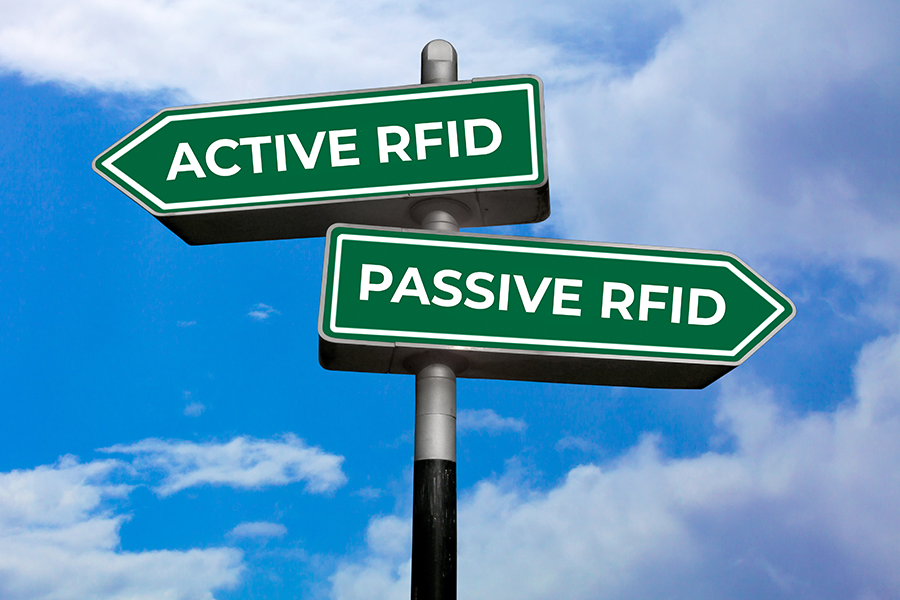
A radio frequency tag is a paper-like chip made up of plastic that operates on wireless technology and can identify anything in the digital world. Wireless tracking can be an overwhelming concept to wrap one's mind around, but once you understand this technological marvel, things get easier. Wireless tracking tools such as RFIDs are incredibly powerful tools that play a vital role in automation, especially in the hospital's workflow.
RIFD is a passive radio frequency identification technology. It is called passive RIFD because these tags are not battery-operated. The tags are activated only when they are in the vicinity of the radio field device, the RFID detector. These Passive tags operate medical hospitals approved by the Federal communications commission. The band length of these tags ranges from 902 - 928MHz, typically the size of a network router powered by AC supply or over the Ethernet. RIFD detectors are connected with antennas that detect any signals by RIFD tags and resultantly activate them. The place of installation of antennas plays a vital role because if these routers are at a greater distance from the reach of radio waves emitted by passive tags, then they cannot be operated. The antennas come in different shapes, which are specified by RFID reader makers before the installation.
In the RIFD detectors installation, these readers can detect the presence or absence of the object to which these tags are attached. Due to the latter reason, they can also be used as detectors for loss hospital inventories. Another prominent use of passive RIFD tags is that they can be controlled using smartphones and electronic gadgets.
Active tags are operated on wireless tracking technology as well, but unlike passive tags, they are constantly connected to a source of AC power. These tags are battery-operated, and the batteries are recharged through a power source 24/7. These tags provide real-time tracking of objects or people within a facility. Active tags use multiple techniques to identify locations, the first being triangulation. For this technique, a Wi-Fi connection is required. Active tags do not require any extra installation of devices like routers or detectors; all they require is constant power access and a stable Wi-Fi connection. If room- or zone-level accuracy is required, most RTLS systems require additional sensors that must be installed in strategic locations.
Active tags, as well as passive tags, operate on the following technologies:
· Infrared Light
· Low-frequency Radio
· Ultrasonic sound
· Bluetooth low energy
All of the above-mentioned technologies are sensor operated, and all of these sensors are connected to a single location. It can be an RIFD detector in case of passive tags or a stable internet connection for active tags. Besides, all of the sensors are battery-operated. The active tags provide constant access to the location of the tagged objects or items within the hospital. The RIFD technology has gained immense popularity in recent years because it has made hospital management an easy task, be it keeping an eye on paramedics' staff or monitoring patient's health statuses. To sum it up, Wireless tracking has revolutionized the future of hospital management by making it extremely convenient and easy.